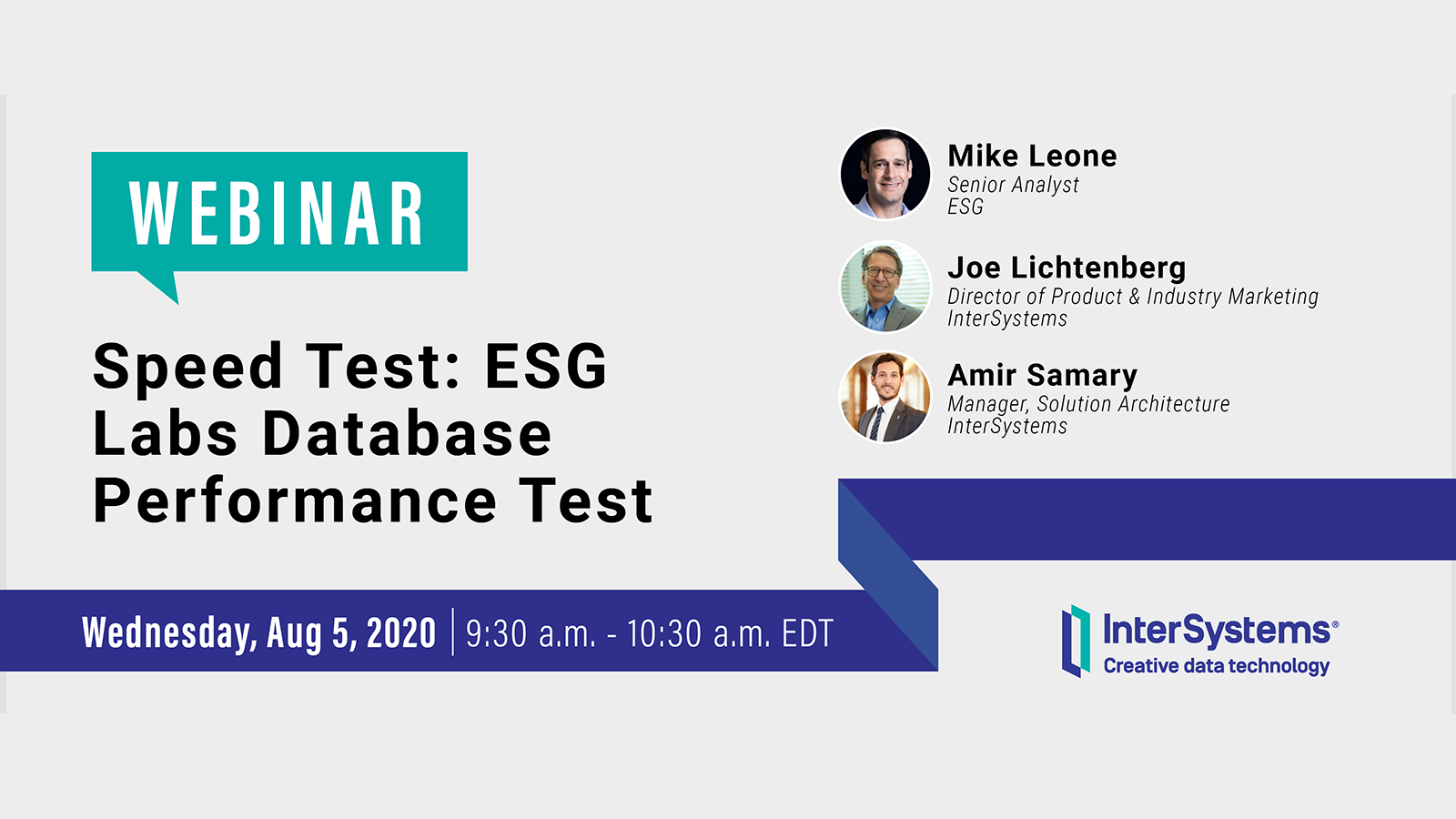After running an extensive block of daily statistics my IRISTEMP has expanded dramatically.
But FreeSpace shows 97% unused and FREE space.
How can I shrink IRISTEMP in runtime without shutdown and manual intervention
(which was the traditional approach)



